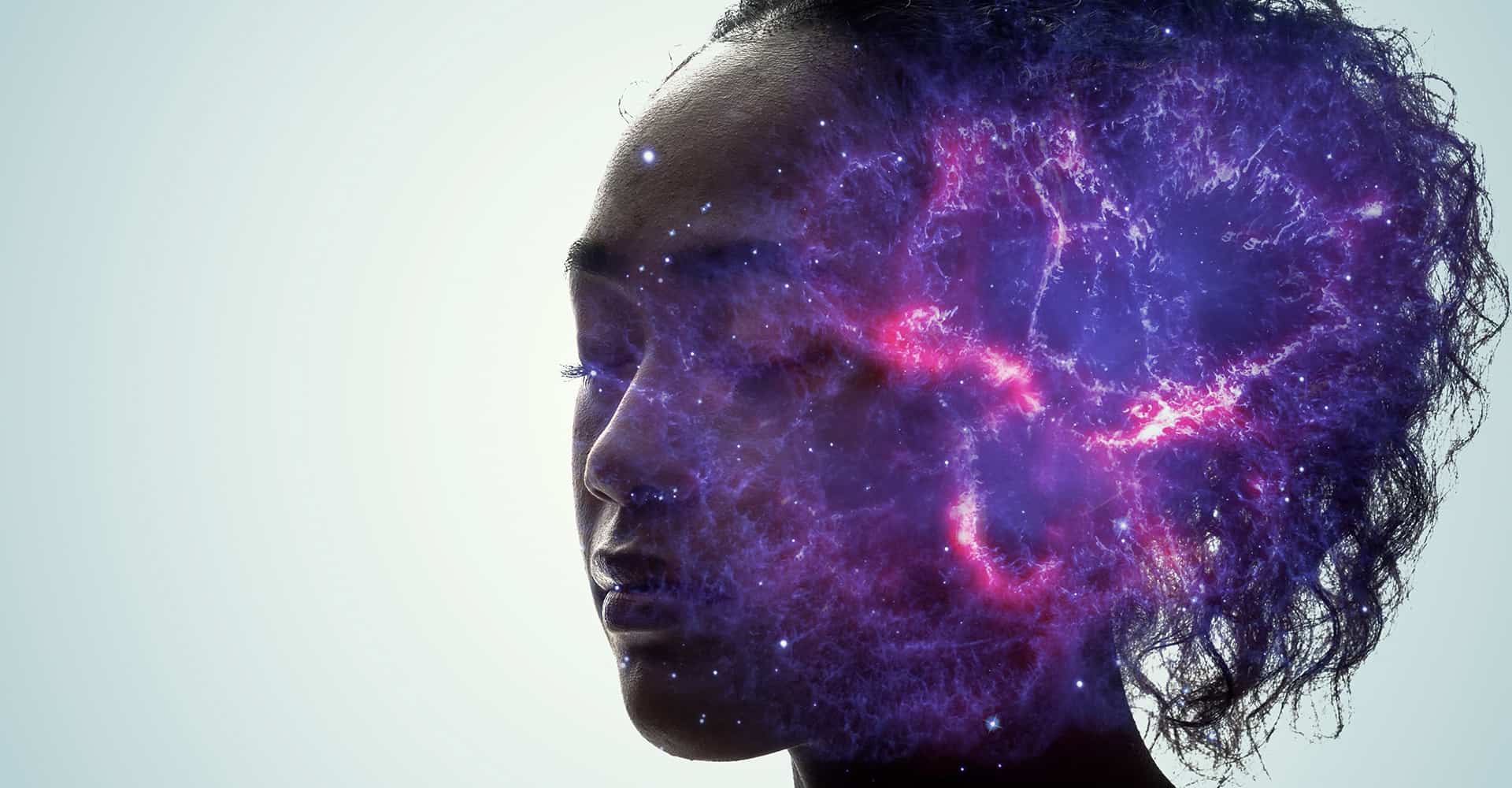Psychedelics vs. Pain: How LSD, Psilocybin, DMT, Ketamine Might Outshine Traditional Painkillers – Pain is an integral part of the human experience. It serves as a warning signal, alerting us to potential harm or injury. However, when pain becomes chronic, it can have a profound impact on our physical, emotional, and mental well-being.
Traditional painkillers, while effective in many cases, come with a host of side effects and risks. In recent years, there has been discussion about Psychedelics vs. Pain with growing interest in the potential of psychedelics like LSD, psilocybin (found in magic mushrooms), DMT (N,N-Dimethyltryptamine), and Ketamine Therapy as alternative pain management therapies. As a leading health and wellness clinic, specializing in ketamine therapy and the intentional use of psychedelic medicine, we are excited to explore how these psychedelic substances might offer new horizons in pain relief while emphasizing the benefits of plant-based medicine in treating pain.
Psychedelics vs. Pain: The Pain Problem
Pain can manifest in various forms, from acute injuries to chronic conditions like fibromyalgia, neuropathy, or migraine. While traditional painkillers, such as opioids, non-steroidal anti-inflammatory drugs (NSAIDs), and muscle relaxants, have been the primary go-to for pain management, they are not without their shortcomings. Opioids, in particular, have been associated with a devastating opioid crisis characterized by addiction, overdose, and social consequences.
Traditional Painkillers: The Limitations
- Risk of Addiction: Opioids are highly addictive, and their long-term use can lead to physical dependence, withdrawal symptoms, and a cycle of addiction that is difficult to break.
- Tolerance and Diminished Efficacy: Over time, the body can develop tolerance to opioids, requiring higher doses for the same level of pain relief. This escalation can lead to dangerous overdoses.
- Side Effects: Common side effects of opioids and other painkillers include drowsiness, constipation, nausea, and impaired cognitive function. These side effects can impact an individual’s quality of life.
- Limited Efficacy: Some forms of pain, especially neuropathic pain, do not respond well to traditional painkillers. Patients with chronic pain conditions may find only partial relief or no relief at all.
- Psychological Impact: Living with chronic pain can lead to depression, anxiety, and other mental health challenges, further reducing an individual’s overall well-being.
Psychedelics vs. Pain: The Psychedelic Renaissance
The resurgence of interest in psychedelics for therapeutic purposes, often referred to as the “psychedelic renaissance,” has opened new avenues for pain management and relief. Psychedelics have been used in traditional and indigenous healing practices for centuries, and modern research is beginning to shed light on their potential benefits.
LSD, Psilocybin, DMT, Ketamine: A Glimpse into the Psychedelic Toolbox
- LSD (Lysergic Acid Diethylamide): LSD is a powerful hallucinogenic substance that can induce altered states of consciousness. While it’s not typically associated with pain relief, some individuals have reported experiencing a reduction in pain perception during LSD trips. This effect might be related to the way LSD alters perception and consciousness.
- Psilocybin (Magic Mushrooms): Psilocybin, found in certain species of mushrooms, has shown promise in alleviating various forms of pain, including migraine headaches. Psilocybin’s influence on serotonin receptors in the brain may play a role in its pain-relieving effects.
- DMT (N,N-Dimethyltryptamine): DMT is a naturally occurring compound found in various plants and animals, as well as synthesized in labs. DMT’s psychedelic effects can lead to profound alterations in perception, potentially reducing pain perception during the experience.
- Ketamine: Ketamine is used in pain management for its ability to provide relief in certain types of pain, especially when other treatments have been ineffective or when patients are experiencing severe or chronic pain.
Psychedelics vs. Pain: The Mechanisms of Psychedelic Pain Relief
While the mechanisms behind psychedelic pain relief are not fully understood, several factors may contribute to their efficacy:
- Altered Perception: Psychedelics like LSD and psilocybin can induce altered states of consciousness, changing the way individuals perceive pain. This altered perception may lead to a reduction in pain intensity.
- Serotonin Modulation: Psychedelics often interact with serotonin receptors in the brain, which play a role in mood regulation and pain perception. These interactions may influence the brain’s ability to process and modulate pain signals.
- Emotional Processing: Psychedelics can facilitate deep emotional processing and may help individuals confront and resolve emotional trauma or psychological factors that contribute to their experience of pain.
- Neuroplasticity: Psychedelics have been shown to promote neuroplasticity, the brain’s ability to rewire itself. This may lead to new pain processing pathways and a reduced perception of pain.
Benefits of Plant-Based Medicine
Beyond the psychedelic compounds themselves, it’s essential to recognize the benefits of plant-based medicine in pain management:
- Holistic Approach: Plant-based medicines often align with a holistic approach to healing, addressing not only physical symptoms but also emotional and spiritual well-being. This comprehensive approach can be particularly valuable in chronic pain management.
- Reduced Side Effects: Many plant-based medicines, such as those derived from cannabis, have fewer side effects than traditional painkillers. They can provide relief without the cognitive impairment or risk of addiction associated with opioids.
- Potential Synergy: Plant-based medicines can complement psychedelic therapies. For example, CBD (cannabidiol), a compound found in cannabis, is known for its anti-inflammatory and pain-relieving properties and can be used in conjunction with psychedelics to enhance pain management.
The Importance of Skilled Guides
Psychedelic experiences are not to be taken lightly, especially when used for pain management. Having skilled and experienced guides or clinicians to facilitate these experiences is crucial for safety and optimal outcomes. These guides can provide emotional support, ensure a safe environment, and help individuals integrate their experiences into their daily lives.
At Daytryp Health healing centers, you enter an immersive and transformative experience. In a beautiful and calming environment, we facilitate safe and effective psychedelic treatments for mental wellness – supported by medically trained professionals with decades of experience.
Legal and Ethical Considerations
The legal and ethical landscape surrounding the use of psychedelics, especially in pain management, varies widely by region. It’s essential for individuals and clinicians to be aware of the legal and ethical considerations in their jurisdiction and adhere to local regulations.
Psychedelics vs. Pain: The Future of Healthcare and Pain Management
The potential of psychedelics like LSD, psilocybin, DMT, and Ketamine in pain management is a fascinating and evolving field of research and exploration. While more studies are needed to fully understand their mechanisms and therapeutic applications, these substances hold promise as alternatives to traditional painkillers, offering potential relief with fewer side effects and a holistic approach to well-being. Coupled with the benefits of plant-based medicine, the future of pain management may include a broader and more compassionate toolkit for those who seek relief from the chains of pain.










 Daytryp Health has taken
Daytryp Health has taken  The
The 